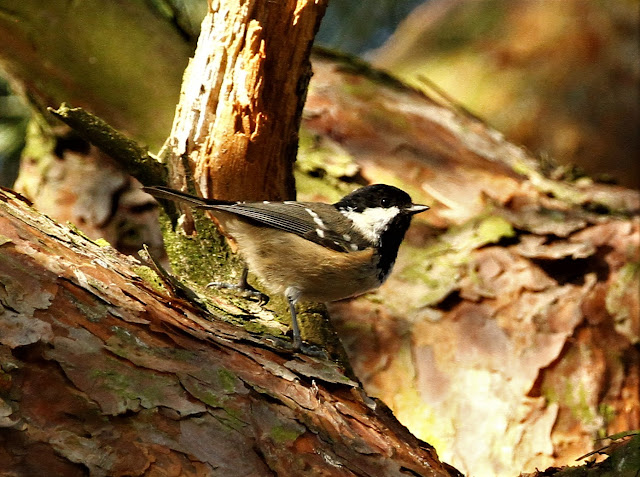Today, I visited a number of local sites on my patch with a view to finding migrant birds. The sites were high ground near North Pickenham, and a couple of locations along the Watton Brook Valley.
North Pickenham
My arrival on high ground near North Pickenham coincided with a small westerly movement of 3 Cormorants.
A particularly good area for finding migrant Warblers is at a large patch of Elders, Hawthorn, and Sallow around a natural spring, as well as a long hedgerow corridor. Watching this area produced the following migrants; 4+ Blackcap, 2 Lesser Whitethroats, 4+ Whitethroats, several Chiffchaffs, and a Willow Warbler. Numbers of Warblers were quite low this morning, however, large numbers of migrants will soon be passing through this rich staging post.
This time of years has always produced young Bullfinches at this locality. These youngsters are clearly different from their parents in that they lack the black cap of the adult bird. They appear brown-grey with a black tail, however, as with the adult Bullfinch, youngsters have the familiar and diagnostic white rump.
 |
| Bullfinch - all age groups show the diagnostic white rump. |
I stopped off at two sites along the valley, Little Cressingham and Threxton. Checking the fences and posts for migrant Chat species did not produce, however, I am sure somewhere in the valley, there will be a lovely Whinchat, or two.
My first stop was at Little Cressingham, here, a single male Whitethroat was seen flying between rank vegetation in the valley, whilst a little further along, a Buzzard sat proudly on a fence post.
My arrival at Threxton produced at least 50 Swallows overhead, whilst a check of the valley at Threxton produced a fine female Blackcap consuming Elderberries. Chiffchaffs were also seen and Goldcrest and Coal Tit were present.









